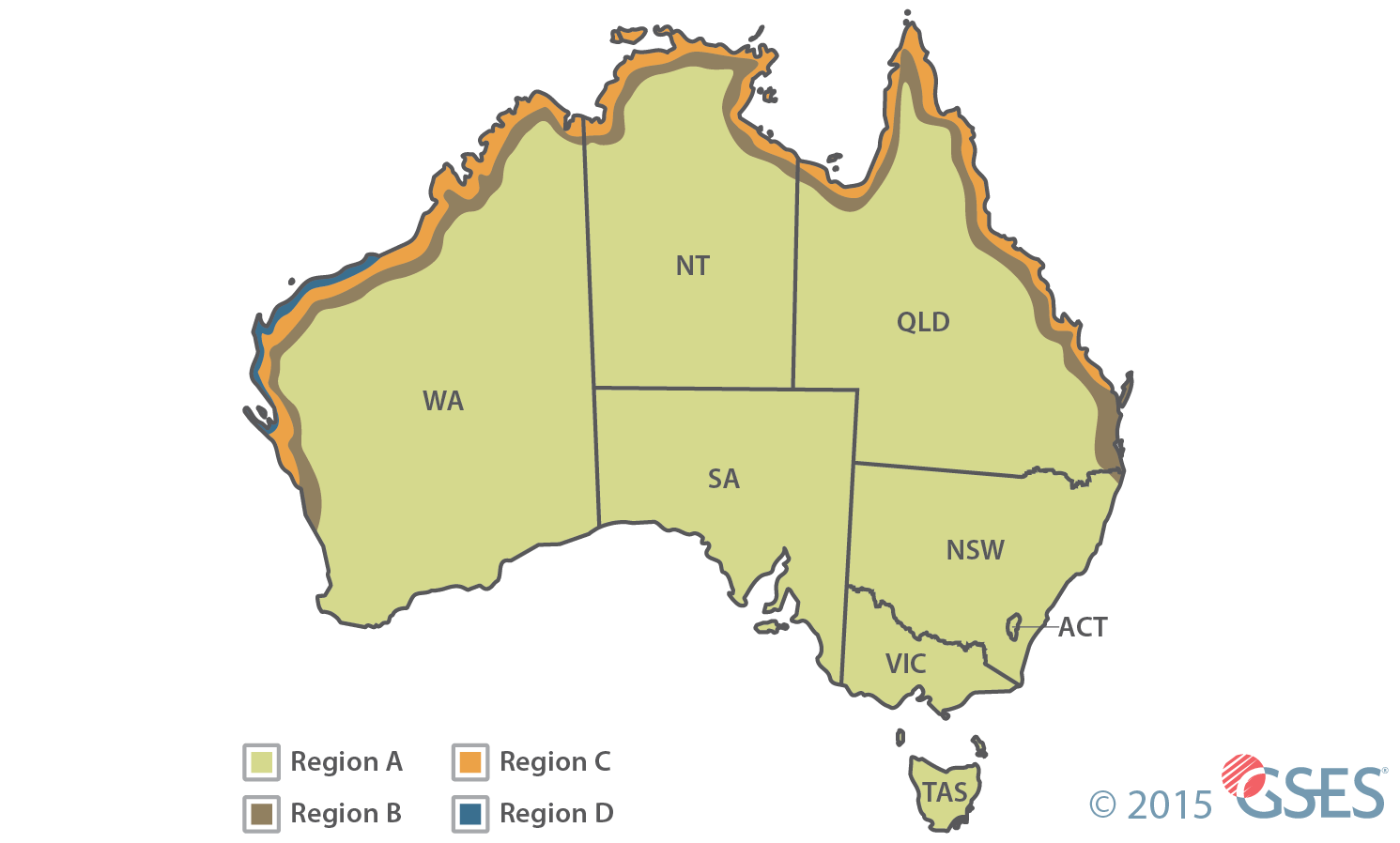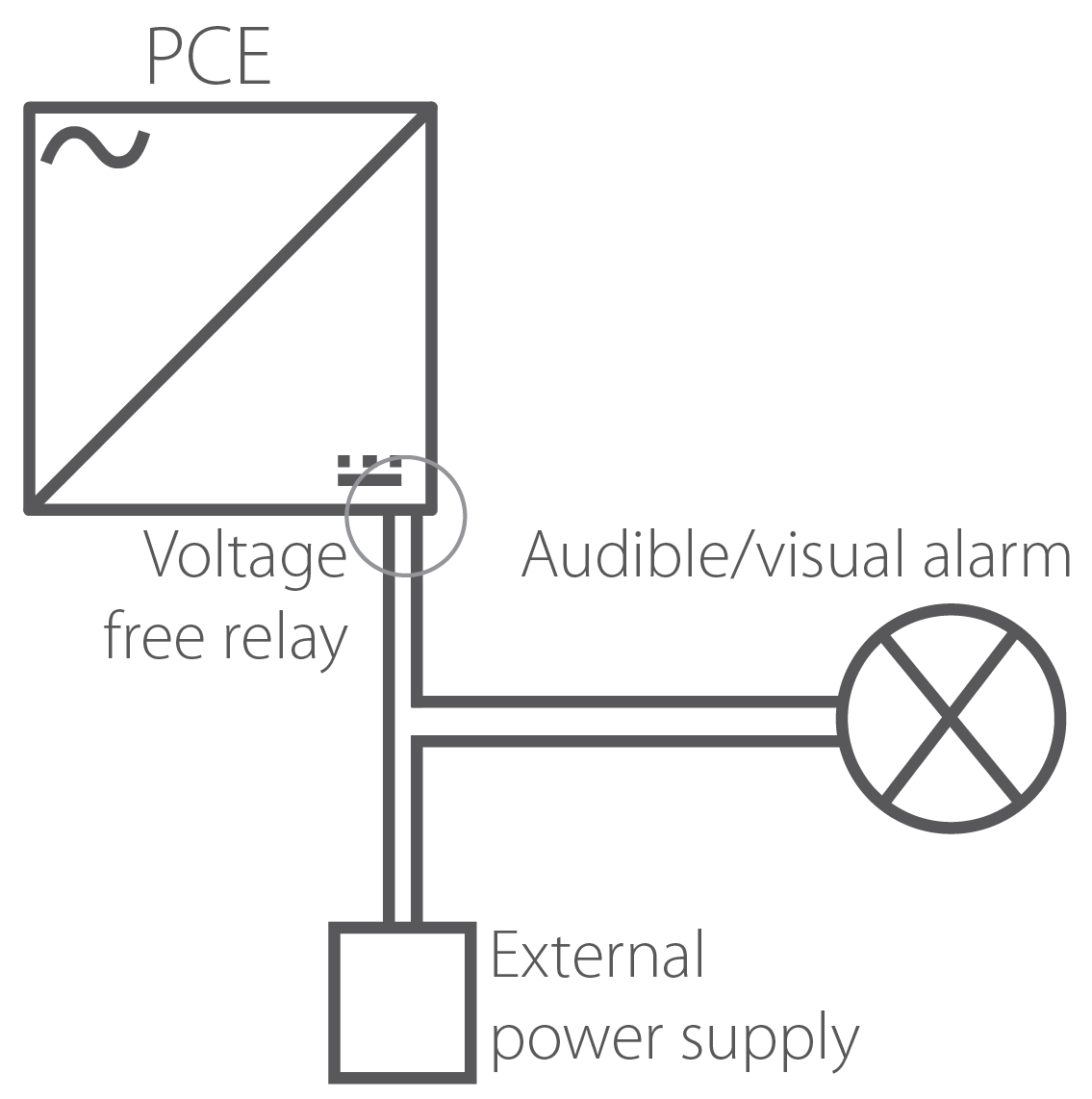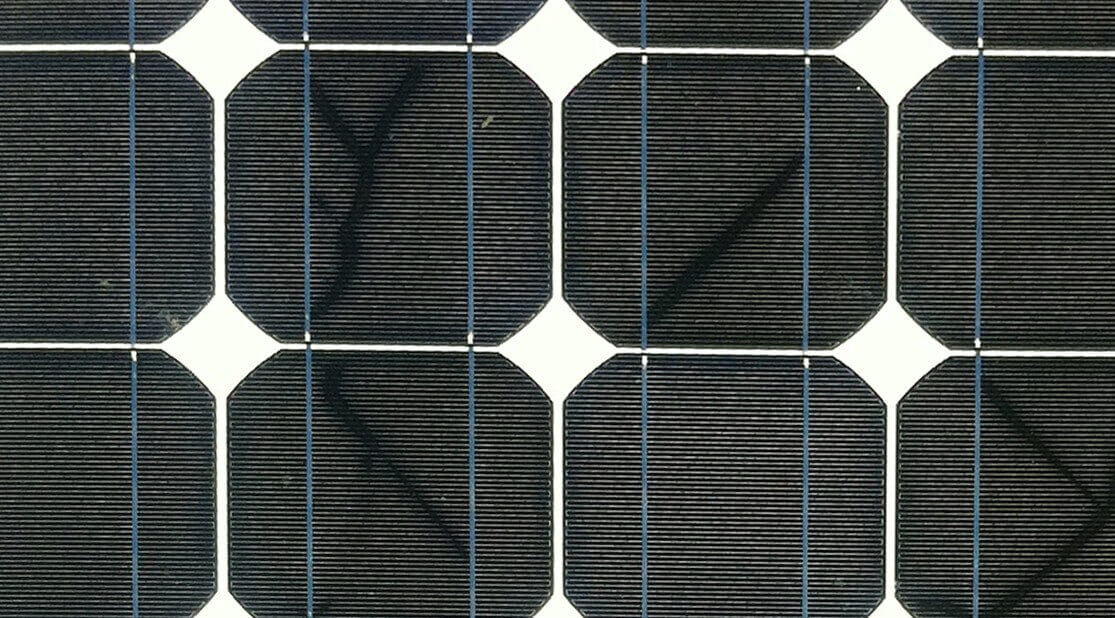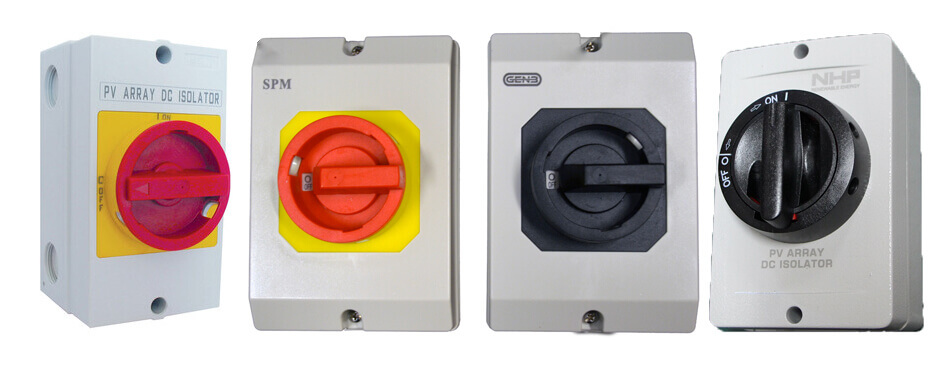Since being established in 1998, GSES has focused on assisting the growth of Australian and international PV industries by providing quality training. GSES is recognised for its expertise in providing the training required for grid-connected PV design and install accreditation. In training many electricians and engineers, GSES has identified certain areas that prove to be […]
Tag: standards
Overview of incoming PCE requirements in AS/NZS 5033:2014
AS/NZS 5033:2014 states that the transition period for Power Conversion Equipment (PCE) will end on July 11th, 2015. After this date, all requirements for PCEs as described in AS/NZS 5033:2014 will be applicable. Although the changes are significant, they should come as no surprise to manufacturers of PCEs or the solar PV industry, as these […]
Microfractures in Solar Modules: Causes, Detection and Consequences
The significant growth of the Australian residential solar energy industry over the last 5 years (APVI, 2014) has focused attention on module quality and performance, as well as installation and safety standards. It is critical for the industry to maintain high standards so that not only are solar photovoltaic (PV) systems safe, but also customers […]
Solar Installations: Where are we going wrong?
Under the Renewable Energy Target (RET) requirements, solar photovoltaic (PV) power systems must be installed to relevant Australian standards and Clean Energy Council (CEC) guidelines in order to receive Small-scale Technology Certificates (STCs). To monitor this, the Clean Energy Regulator’s RET inspection program has been running since 2010. Global Sustainable Energy Solutions (GSES) is an […]
DC Isolators: What are the Manufacturer’s Specification Sheets Really Telling You (ONLY VALID UNTIL DATE OF PUBLISHED)
Solar photovoltaic (PV) systems use rotary DC isolators with multiple current and voltage ratings more commonly than DC rated circuit breakers. However, the flexibility of these DC isolators introduces instances of incorrect wiring when the manufacturer’s specifications are misunderstood, resulting in DC isolators being underrated for the PV system installed. This document is written to […]
Understanding Earthing
Recent updates to the Australian Standards relating to photovoltaic systems (AS/NZS 5033:2012) have led to questions about the difference between functional earthing and equipotential bonding in photovoltaic systems. This article aims to clarify what is meant when terms like earthing and bonding are used, and to briefly explain why each of these methods is needed.
Isolator Enclosures: more than just a box
Installing rooftop isolators is a requirement under AS/NZS 5033:2012. Rooftop isolators are required to ensure the safety of PV installations during maintenance and in emergency situations. However installing isolators correctly is essential if the full safety benefits are to be provided. This article clarifies the factors that installers need to consider when installing rooftop isolators.
New tech article: Overview of incoming PCE requirements in AS/NZS 5033:2014
GSES has released a new technical article about the incoming PCE requirements in AS/NZS 5033:2014 This article gives an overview of the incoming Power Conversion Equipment requirements in the Australian and New Zealand Standards. AS/NZS 5033:2014 states that the transition period for Power Conversion Equipment (PCE) will end on July 11th, 2015. After this date, […]
AS/NZS 5033:2014 Grid Connect Updates
With the recent updates to AS/NZS 5033 to AS/NZS 5033:2014, there are necessary changes to the GSES Grid Connected PV Systems Design and Installation training manual. These changes are available online for free in the publications section of our website.
Capacity building in India — the importance of standards
GSES Australia staff members Geoff Stapleton and Clara Mazzone have just returned from a second trip to India this year. They have been working with the GSES India team, who are based in New Delhi. Discussions with them have a recurring theme: quality control. Although India’s ambitious Jawaharlal Nehru National Solar Mission of reaching 4–10 […]




